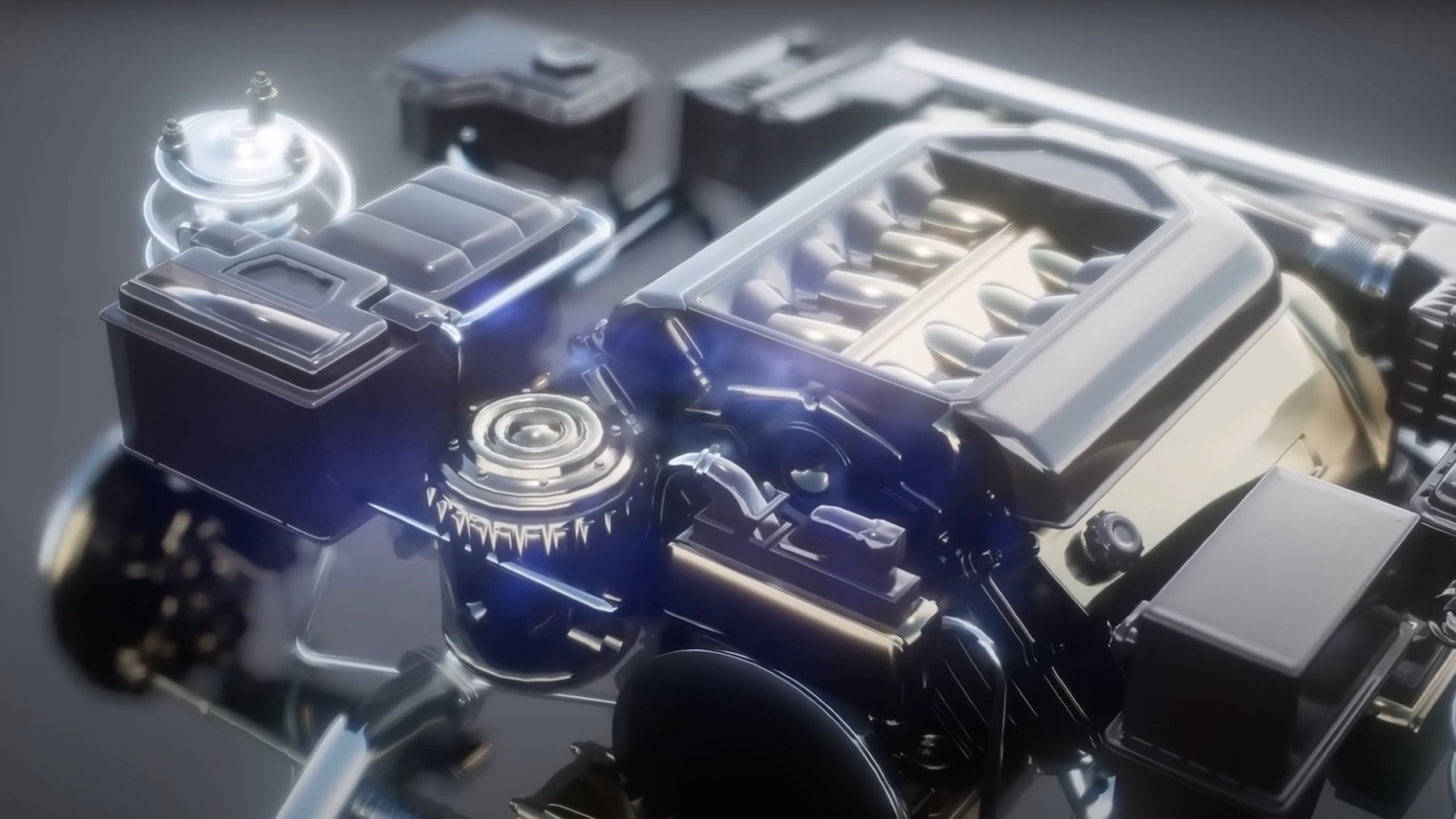Farewell to hydrogen, America tests the fuel of the future: It’s toxic and extremely powerful

While electric, and recently hydrogen, vehicles have increased in popularity in the past decade, there is another fuel of the future which are up and coming. Industry is increasingly looking at the viability of ammonium-powered engines to combat the climate crisis. Amogy, and American company based in Brooklyn who provide carbon-free energy solutions, are one such company who are experimenting with ammonia in alternative energy solutions.
Ammonia: The new fuel of the future?
Ammonia is increasingly becoming an alternative fuel solution and is particularly gaining popularity in the heavy-duty transport sector. The specific type of engine Amogy is testing using ammonia is turning liquid ammonia into hydrogen. Ammonia is a compound that contains hydrogen, and when broken down, it releases hydrogen gas which can then be used as a fuel in hydrogen-powered engines or fuel cells. The vehicles would essentially be hydrogen-powered engines which use ammonia as their hydrogen source.
Ammonia is a highly versatile compound already being used across various industries due to its wide range of applications. It is most commonly known for its crucial role in fertilizer production, as it provides essential nitrogen for crop growth, supporting global agriculture. This benefits the automobile sector as there are already protocols in place for the distributing and trading of ammonia. Because of its high toxicity, these established safety-procedures help to speed line the process of developing these engines on a larger scale.
Amogy testing ammonia in two systems
Amogy has been testing the use of liquid ammonia in both a 5 kW drone and a 100 kW mechanical John Deere agricultural tractor. They are also developing a truck with this liquid ammonia-hydrogen engine system which is expected to be up to five times more powerful than an electric truck powered by a battery. According to Amogy, the developing truck can produce up to 900 kWh on three ammonia tanks. Additionally, the the filling process takes no more than eight minutes. This is a win for these vehicles over electric vehicles which can take several hours to charge.
Ammonium-powered engines are very safe to use despite the toxicity of the substance. In an ammonia-powered vehicle, the engine and exhaust systems are sealed to prevent any ammonia from leaking into the air. The exhaust typically emits nitrogen and small amounts of water vapor, both of which are harmless. Any remaining ammonia is likely to be broken down or neutralized before being released into the atmosphere.
Regarding ammonia as a fuel of the future, Seonghoon Woo, Chief Executive Officer at Amogy, has said: “Beyond its incredible energy-density and liquid phase at an ambient temperature, ammonia is an optimal fuel to achieve rapid decarbonization of heavy transportations because it is available globally with existing infrastructure already in place.” Amogy says that their next step will be to continue pursuing partnerships across the global shipping and transportation industries.

